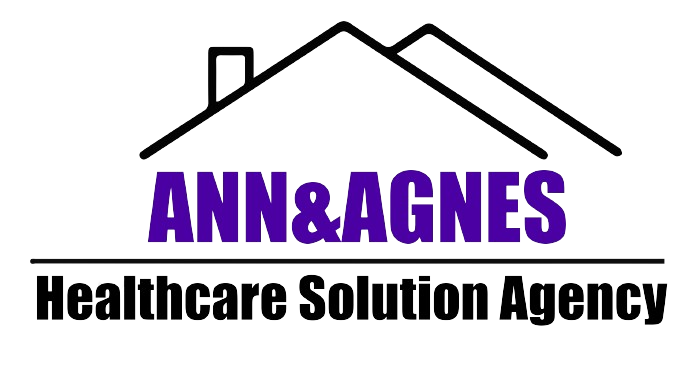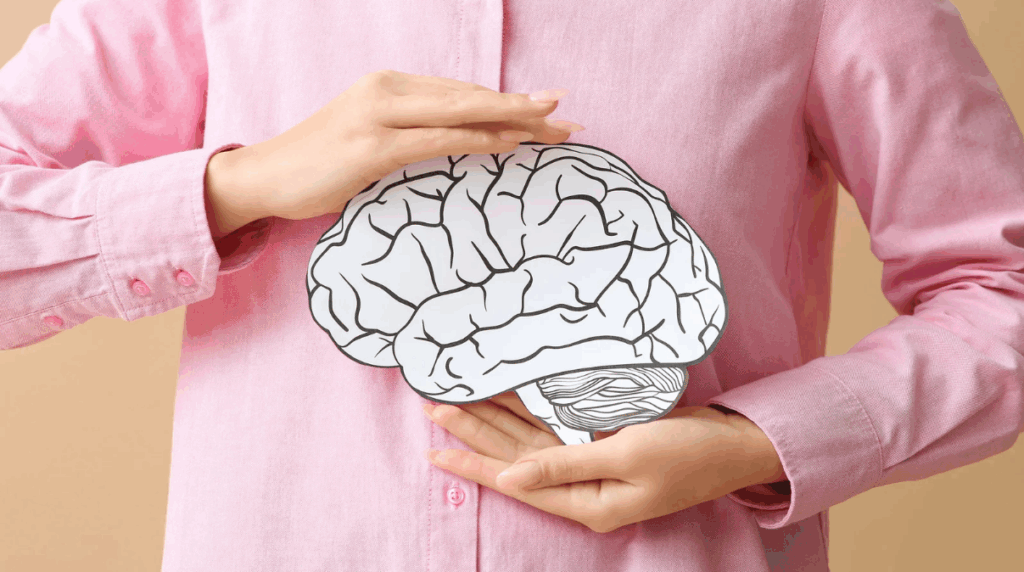
A single moment can change everything — a sudden fall, a car accident, or a sports injury. For many families, that moment leads to a traumatic brain injury (TBI) — a condition that affects not only how the brain functions, but also how a person thinks, feels, and navigates daily life.
Understanding TBI is the first step toward healing. With the right support, individuals living with brain injuries can rebuild their abilities, regain independence, and rediscover hope.
This comprehensive guide explores the causes of TBI, how brain injuries impact daily living, the process of rehabilitation, and the vital role that Home and Community-Based Services (HCS) play in helping individuals and families move forward on the journey to recovery.
What Is a Traumatic Brain Injury (TBI)?
A traumatic brain injury happens when a sudden force or blow to the head disrupts the brain’s normal function. The injury can range from a mild concussion that heals within weeks to a severe injury that causes long-term physical and cognitive challenges.
There are two main categories:
- Mild TBI (Concussion): Temporary brain function changes — dizziness, confusion, headache.
- Moderate to Severe TBI: Prolonged unconsciousness, memory loss, and ongoing physical or cognitive impairments.
TBI differs from an acquired brain injury, which may occur from stroke, lack of oxygen, or illness. Both can have lasting effects on how the brain processes information, emotions, and movement.
Common Symptoms of TBI Include:
- Memory and attention problems
- Difficulty concentrating or following conversations
- Changes in mood or personality
- Headaches, dizziness, or sleep disturbances
- Sensory changes (hearing, vision, touch)
- Difficulty performing daily activities
Recognizing these symptoms early is key to recovery. The sooner treatment begins, the greater the chance of regaining function and preventing complications.
Common Causes of TBI (Traumatic Brain Injury)
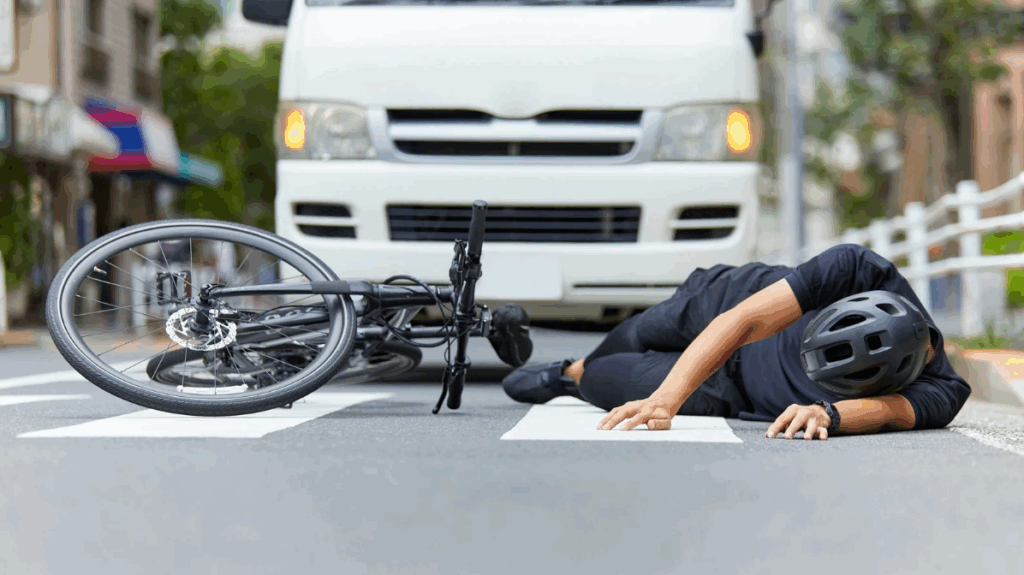
TBI can happen to anyone, at any age. But understanding the most common causes helps families take preventive measures and seek timely care when injuries occur.
1. Falls
Falls are the leading cause of TBI, especially among young children and older adults. Everyday incidents such as slipping in the shower, tripping over obstacles, or falling from stairs can result in head injuries.
2. Motor Vehicle Accidents
Car, motorcycle, and bicycle accidents account for a large portion of TBIs in adolescents and adults. Even with safety equipment like seatbelts and helmets, the brain can experience forceful movement inside the skull during collisions.
3. Sports Injuries
Athletes in contact sports such as football, boxing, soccer, or basketball are at risk of concussions and repetitive head trauma. Children and teens are especially vulnerable since their brains are still developing.
4. Violence and Physical Assault
TBI can also result from domestic violence, child abuse (such as shaken baby syndrome), or other forms of physical assault. Survivors of violence often face additional emotional and psychological effects alongside physical injury.
5. Combat and Explosions
Military personnel may sustain TBIs from explosions, blunt force trauma, or projectile injuries. These blast injuries can have both visible and invisible effects, impacting hearing, balance, and emotional regulation.
6. Other Causes
Industrial accidents, being struck by objects, or near-drowning incidents can also lead to brain injuries.
Understanding these causes helps families stay alert to risk factors and recognize when to seek medical care.
How TBI Affects the Brain and Daily Life

The brain is delicate and complex, responsible for every thought, movement, and emotion. When it’s injured, the effects can ripple through every area of life.
Cognitive Function
After a TBI, many individuals experience difficulty with:
- Memory and learning
- Concentration and attention span
- Problem-solving and decision-making
- Organizing tasks or following instructions
Physical Changes
Physical effects can include:
- Headaches or migraines
- Loss of balance or coordination
- Fatigue and muscle weakness
- Sensitivity to light or noise
Emotional and Behavioral Changes
It’s common for individuals with TBI to experience emotional shifts such as irritability, anxiety, or depression. They may struggle with frustration or mood swings as they adjust to the changes in their capabilities.
Every brain injury is unique — and so is every recovery journey. That’s why having structured rehabilitation and a strong support system is vital.
Healing and Rehabilitation After a Brain Injury
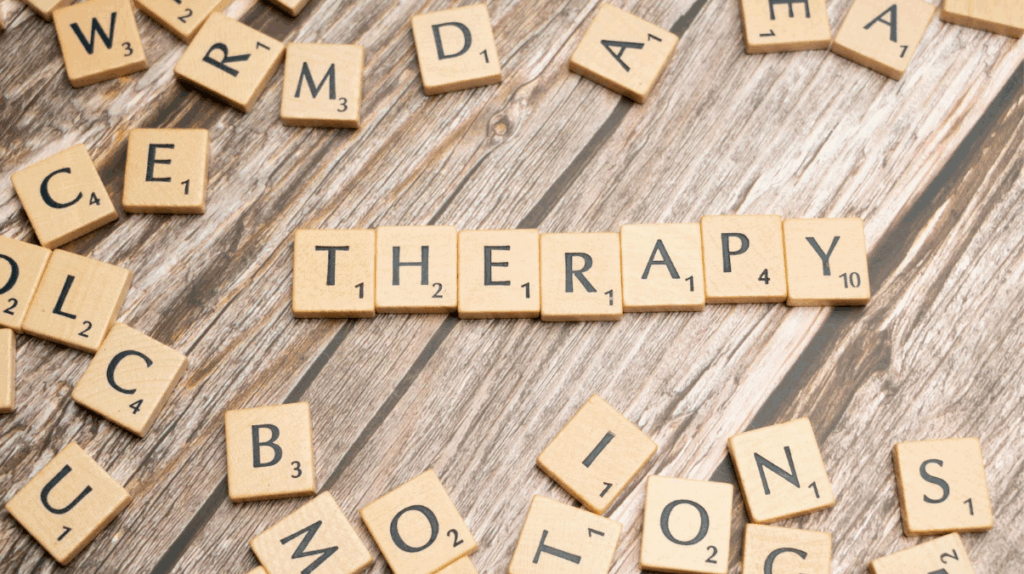
Healing after a brain injury is a gradual process that focuses on restoring physical function, rebuilding cognitive skills, and supporting emotional well-being through consistent rehabilitation and compassionate care.
1. Early Medical Treatment
Immediately after a brain injury, medical care focuses on stabilizing the individual and preventing further damage. This may involve imaging tests, medication, or surgical procedures to relieve pressure or swelling in the brain.
2. Transition to Long-Term Rehabilitation
Once the person is medically stable, the next step is rehabilitation — restoring as much independence and function as possible.
This process often includes:
- Speech Therapy – to rebuild language and communication skills
- Occupational Therapy – to improve everyday living skills like cooking or dressing
- Physical Therapy – to restore movement, strength, and coordination
- Behavioral Therapy – to manage mood changes or impulsivity
- Cognitive Rehabilitation Therapy (CRT) – to retrain memory, attention, and problem-solving abilities
Rehabilitation can take place in hospitals, outpatient clinics, or through community-based programs like HCS services.
The Role of Home and Community-Based Services (HCS) in TBI Recovery
Home and Community-Based Services (HCS) play a vital role in supporting individuals recovering from traumatic brain injuries by promoting independence, community engagement, and long-term stability. These services focus on helping each person relearn essential skills, rebuild confidence, and adapt to daily life after injury.
Services May Include:
- Cognitive Rehabilitation and Skill-Building: Structured programs designed to strengthen memory, concentration, problem-solving, and decision-making abilities.
- Daily Living Support: Assistance with personal care, meal preparation, household tasks, transportation, and other activities that promote self-sufficiency.
- Community Integration: Opportunities for individuals to participate in community events, social groups, and recreational activities that enhance inclusion and connection.
- Behavioral and Emotional Support: Access to therapists and counselors who help individuals process emotions, develop coping strategies, and improve overall mental health.
- Respite Care: Temporary relief for family members and caregivers, allowing them time to rest and recharge while ensuring their loved one continues to receive quality support.
Every individual receives a person-centered plan — meaning services are tailored to their unique strengths, challenges, and life goals. Our team collaborates with families, medical professionals, and therapists to ensure care is consistent and meaningful.
Supporting a Loved One with TBI: Guidance for Families and Caregivers

Caring for someone with a brain injury can be both rewarding and challenging. Healing takes time, and emotional strength is just as important as physical recovery.
1. Understand the Journey
Patience is essential. Recovery isn’t linear — there will be progress and setbacks. Learning about TBI helps families respond with empathy instead of frustration.
2. Practical Ways to Help
- Establish a structured daily routine to reduce confusion
- Use reminders, calendars, and visual cues for memory support
- Encourage participation in small, manageable tasks
- Allow extra time for responses and decision-making
- Maintain open, calm communication
3. Take Care of Yourself Too
Caregiving can be emotionally and physically demanding. Seek support when you need it.
- Join support groups for families of TBI survivors
- Access counseling or respite care through your HCS provider
- Prioritize rest, exercise, and social connection
When caregivers are supported, the individual’s healing journey becomes smoother and more sustainable.
Overcoming Challenges and Finding Hope
Recovery after a traumatic brain injury is seldom quick or simple, yet it is filled with opportunities for growth and resilience. Every achievement — whether it’s regaining the ability to speak clearly or independently completing a daily task — represents a meaningful step forward.
While challenges such as frustration, fatigue, and loss of confidence are common, steady progress is possible through consistent cognitive rehabilitation, strong family involvement, and comprehensive community-based care. With the right support system in place, individuals can rebuild not only their abilities but also their confidence, independence, and sense of self.
How to Access Cognitive Rehabilitation and HCS Services in Texas
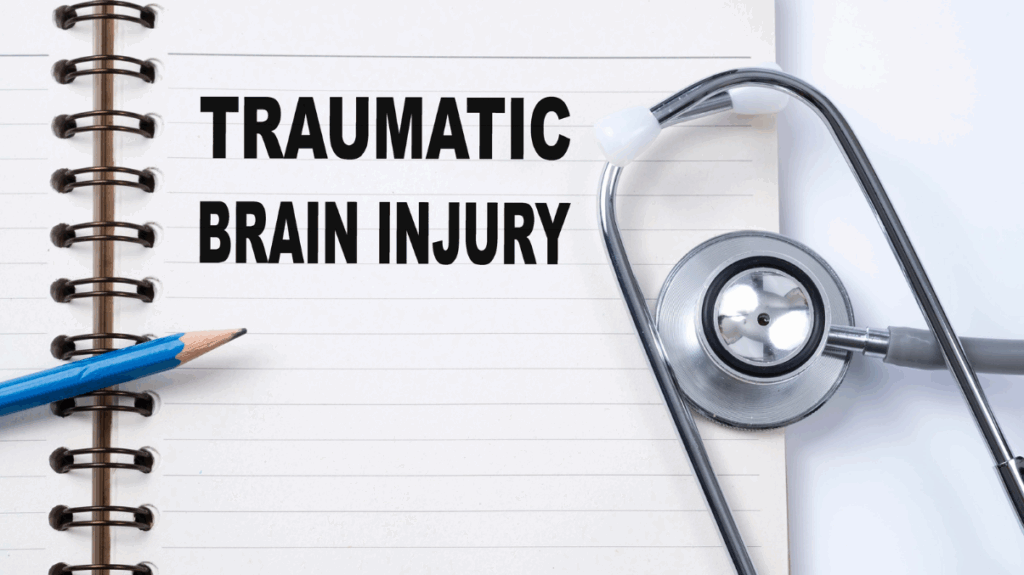
If a loved one has experienced a brain injury, families can explore Home and Community-Based Services (HCS) waiver programs to access long-term support and rehabilitation. These programs are designed to help individuals regain independence and improve their quality of life within their community.
Here’s How to Start:
1. Contact the Local Intellectual and Developmental Disability Authority (LIDDA).
- The LIDDA is responsible for conducting eligibility assessments for HCS and related programs.
2. Request an Assessment.
- During the evaluation, the LIDDA will review cognitive and functional abilities to determine if the individual qualifies for HCS or another Medicaid waiver program.
3. Join the HCS Interest List.
- If services are not immediately available, joining the interest list ensures the individual’s place for future enrollment when openings arise.
4. Choose a Provider.
- When enrolling in the HCS program, applicants select their provider from a list of available providers in their area.
- Individuals have the freedom to change providers at any time, even if they relocate to another part of Texas.
- Some may also choose to hire and train their own service providers through the Consumer Directed Services (CDS) option, allowing for greater flexibility and personal choice.
5. Create a Person-Centered Plan.
- Once eligibility is confirmed, the selected HCS provider collaborates with the individual and their family to develop a customized care plan that promotes independence, dignity, and community participation.
Conclusion: Healing Starts with Understanding and Support
A brain injury can change life in profound ways — but it does not define the person. With understanding, compassion, and the right support system, recovery and renewed independence are within reach. Every step toward healing, no matter how small, is a meaningful victory that brings individuals and families closer to stability and hope.
ANN&AGNES Healthcare Solution Agency provides Home and Community-Based Services (HCS) designed to help individuals with brain injuries rebuild essential life skills, restore confidence, and live with dignity in their communities. Through person-centered care, cognitive rehabilitation, and ongoing family collaboration, the agency empowers people to move forward with strength, purpose, and renewed confidence in their journey toward lasting recovery.
